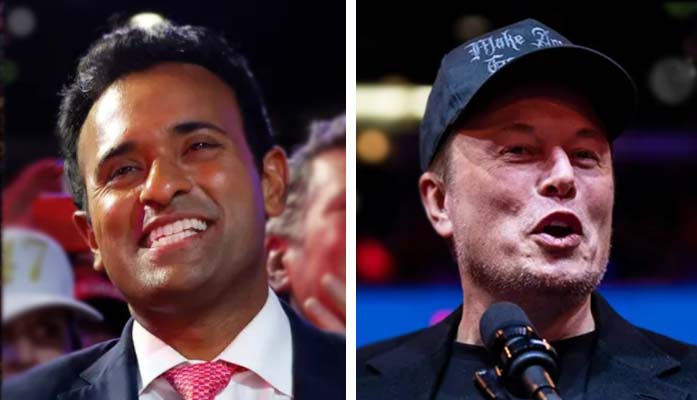
There is finally a hot-button topic that I know something about: making government smaller and more efficient. After all, the American Management Association published a book of mine in 1991 on how to reduce bureaucracy. The book reflected my considerable experience in right-sizing, downsizing, flattening, and digitizing organizations.
Elon Musk and Vivek Ramaswamy deserve admiration for what they have accomplished in their entrepreneurial ventures, and, given the bloated, inefficient state of the federal government, they deserve best wishes for success in heading the new Department of Government Efficiency (DOGE).
But the skillset needed to lead young and growing entrepreneurial organizations is very different from the skillset needed to cut costs and achieve efficiencies in the hidebound federal government.
In the world of government, profits and stock prices aren’t the ultimate scoreboard, civil service rules limit management discretion in firing employees, and the incentive of the controlling political system is to increase spending, not reduce it, because every dollar of spending benefits some constituency.
At the risk of sounding snarky, examples of the latter are the manufacturers and buyers of EV’s who benefit from subsidies for making and buying the vehicles. Also, an unknown number of employees in the humongous federal bureaucracy are responsible for tracking and administering the subsidies. Eliminating the subsidies would result in an uproar from these constituencies, and keeping the subsidies in place while eliminating the jobs that administer them would result in complaints from the interest groups about delays in getting “their” money.
It’s the same for most laws passed by Congress and most regulations blessed by Congress. Take the environmental impact studies that are required before certain construction projects can be undertaken. Perhaps the paperwork can be streamlined with the aid of artificial intelligence, but unless the underlying laws and regulations are rescinded, the red tape will still be onerous, and the government staff to administer it will still be large—not counting all of the lawyers and consultants in the private sector, including Democrats and Republicans, who make big bucks from specializing in the red tape. The more studies there are, and the more indecipherable the requirements, the more money they make.
What about across-the-board cuts in budgets and staffing of, let’s say, 10 percent for every government agency and department? The question can be answered with other questions: Will members of Congress be willing to cut their staff by 10 percent? Will senators be willing to cut the budget of the Senate dining room by 10 percent? Will the president be willing to cut the White House staff by 10 percent? How about the staff that pilots and maintains Air Force One?
The obvious point is that when oxen begin to be gored, some oxen will be spared out of self-interest and for political reasons. Elon Musk will never have the power or knowledge to make such decisions unilaterally, unlike what he did at Twitter.
A larger roadblock is the fact that something like 70 percent of the federal budget goes to entitlements and a plethora of other transfer payments, most of which are funded automatically each year. Yes, the associated paperwork can possibly be streamlined, along with corresponding cuts in administrative staff. But the big money is in the payments and not in the administration of the payments.
Public Choice economic theory explains why government operates the way it does. The theory was developed by James Buchanan, who was awarded the Nobel Prize in economics in 1986 for his groundbreaking work. He was assisted by fellow economist Gordon Tullock. An overview can be found here.
Elon Musk and Vivek Ramaswamy might want to study the theory before beginning their new jobs. They also might want to smoke some potent pot or drink some fine bourbon to ease the pain of banging their heads against the wall.
Mr. Cantoni can be reached at [email protected].

